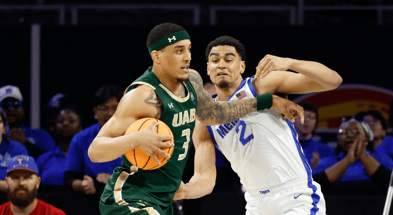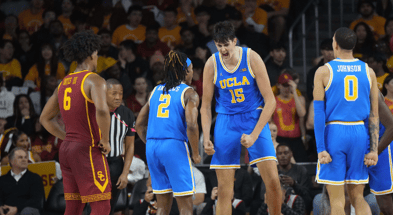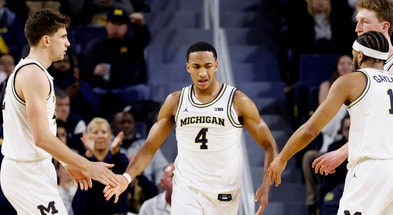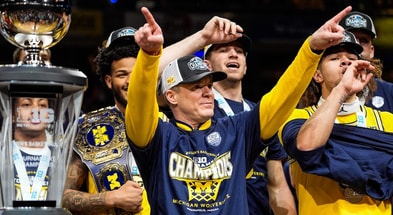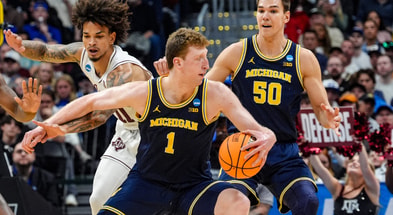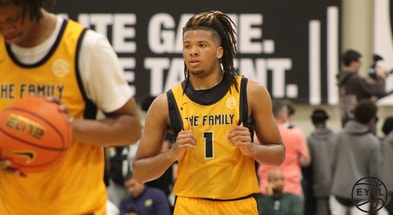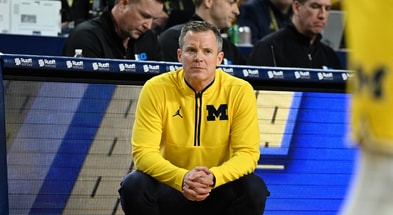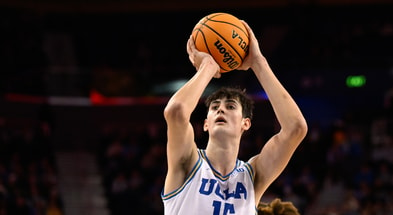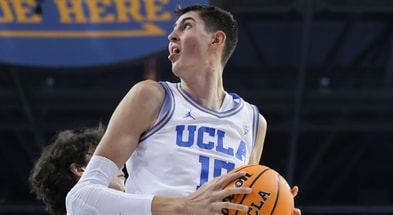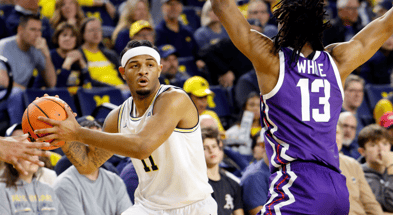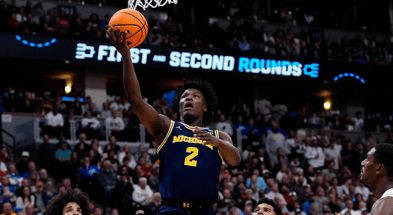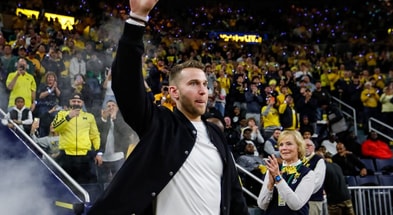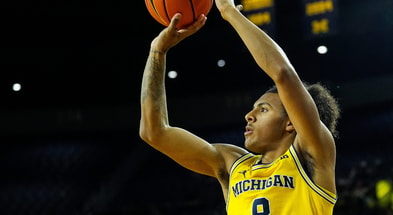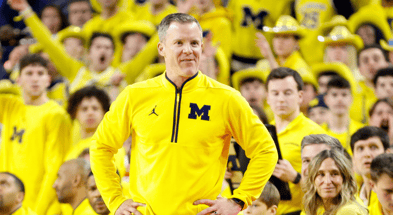Michigan one of eight programs in college basketball's '$10 million club'

The House v. NCAA settlement will soon be approved, limiting the way schools can use NIL collectives to compensate players. But until then, highly lucrative, front-loaded deals are being signed all across the country, including at Michigan.
Head coach Dusty May and Co. have had a frenzy in the NCAA transfer portal this offseason, adding four players in guard Elliot Cadeau (North Carolina), forwards Morez Johnson Jr. (Illinois) and Yaxel Lendeborg (UAB) and center Aday Mara (UCLA). The Wolverines also have two signees who will join the program this summer in four-star prospects Trey McKenney and Winters Grady.
CBS Sports national writer Matt Norlander spoke to numerous college coaches who anonymously shared details on the Wild, Wild West that is recruiting at both the high school and transfer levels this offseason.
“While the reasons for college basketball’s explosion in player pricing are many, one big culprit is the domino effect from the richest programs in basketball,” Norlander wrote. “Approximately a dozen schools are inflating the market because they have the capital to do so and the thirst to chase almost any player, regardless of how big the price tag. This dynamic has fattened in a matter of months.”
There are eight programs, Norlander wrote, that are in the “golden tier” with $10-plus million dollars for next year’s roster — including Michigan. The other schools are as follows: Arkansas, BYU, Duke, Indiana, Kentucky, Louisville, North Carolina, St. John’s and Texas Tech.
“These programs either have $10 million committed already or are easily capable of reaching that total in roster-building efforts by the end of this year’s transfer cycle,” Norlander revealed. “They are 2025’s whales of the portal, loading up on most of the priciest players and drastically inflating the market in the process.”
Norlander projected that there are a slew of schools in a rung just below the “$10 million club” that could get at or near that amount if certain situations arose.
Top 10
- 1New
Shedeur Sanders prank call
New video/audio emerges
- 2Hot
RG3 hammers NFL execs
Over Shedeur Sanders situation
- 3Trending
Shedeur Sanders
Breaks silence after Day 2
- 4
10 Best Available Players
After Rounds 1-3 of NFL Draft
- 5
Picks by Conference
SEC, Big Ten continue to dominate Draft
Get the On3 Top 10 to your inbox every morning
By clicking "Subscribe to Newsletter", I agree to On3's Privacy Notice, Terms, and use of my personal information described therein.
“This includes Auburn, Connecticut, Florida, Houston, Kansas, Kansas State, Miami, Purdue, Tennessee, Texas, UCLA, USC, Villanova, Virginia and still a few more trying to get there in the coming week(s),” he wrote.
Last offseason — just after May was hired — the Michigan coach estimated that the Wolverines were in the middle of the pack in the Big Ten in NIL dollars. After his first season at the helm, he described them as “very competitive.”
“There are another 340 Division I schools to account for,” Norlander wrote. “If you’re a high-major program and don’t have at least $3 million (some would argue $4 million, at bare minimum) in NIL reserves in 2025, you’re in trouble. There are easily more than a dozen mid-major schools with north of $2 million in their piggybanks promised to their 2025-26 rosters, per multiple sources at that level.”
Michigan is positioned well and for the future, but what the Wolverines put on the floor next season may be their most expensive roster due to the limitations that could be put in place by Judge Claudia Wilken, who will make the decision on final approval for the House v. NCAA case.
“Everyone from coaches to agents to athletic directors to commissioners to the president of the NCAA is waiting to see when Judge Claudia Wilken pushes the House case settlement through,” Norlander said. “Until then, this is what college sports and college basketball will be: an unregulated economy that amplifies upon itself, a sport in perpetual upheaval while simultaneously feeling freer than ever. Players will continue to get rich on a scale that was once unthinkable, then quickly became inevitable and now might be irreversible.”

